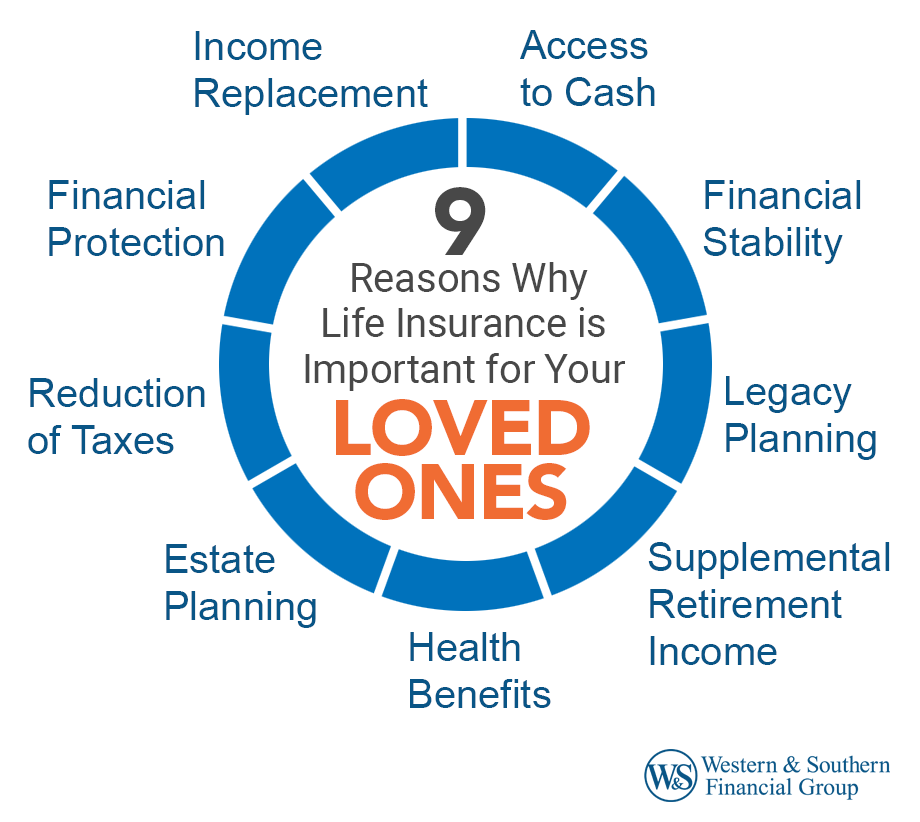The Buzz on Pacific Prime
Table of ContentsAll About Pacific PrimePacific Prime - An OverviewSome Of Pacific PrimeSome Known Details About Pacific Prime
In a lot of states, the insurance provider is needed to send you a copy of the modifications to your plan. It is essential that you review Recommendations or Cyclists so you comprehend exactly how your policy has changed and if the policy is still sufficient to meet your requirements. To acquire a copy of your insurance coverage, please contact your insurance policy representative or business.
The Institute of Medication (IOM) Board on the Consequences of Uninsurance launches an extensive exam of proof that addresses the significance of medical insurance coverage with the publication of this record. Protection Matters is the initial in a series of six records that will be issued over the following 2 years recording the truth and consequences of having actually an estimated 40 million people in the USA without medical insurance protection.
:max_bytes(150000):strip_icc()/terms_i_insurance_FINAL_-3556393b3bbf483e9bc8ad9b707641e4.jpg)
Pacific Prime - The Facts
The goal of this series of researches is to refocus policy focus on a longstanding issue. Following the lengthiest financial expansion in American history, in 1999, an approximated one out of every six Americans32 million adults under the age of 65 and greater than 10 million childrenremains uninsured (Mills, 2000).

10 percent of the population accounts for 70 percent of healthcare expenditures, a relationship that has stayed consistent over the previous 3 decades (Berk and Monheit, 2001) - maternity insurance for expats. Therefore health and wellness insurance policy continues to serve the feature of spreading out threat even as it increasingly finances routine treatment. From the point of view of wellness care suppliers, insurance coverage carried by their clients assists protect an earnings stream, and areas profit from economically sensible and secure health care specialists and institutions
Government offers wellness insurance policy to populaces whom the personal market might not offer successfully, such as handicapped and seniors, and populations whose access to healthcare is socially valued, such as youngsters and expecting ladies. The utmost ends of medical insurance coverage for the specific and areas, including workplace communities of staff members and companies, are enhanced health and wellness results and lifestyle.
About Pacific Prime
Employees rate wellness insurance policy first without a doubt in value among all the advantages offered in the office (Salisbury, 2001). Although there have actually been large financial investments of individual and public funds to give wellness insurance policy, numerous individuals still have no protection. Regardless of substantial coverage of survey findings and healthcare research results, the public stays overwhelmed and mistaken regarding Americans without health insurance coverage and the effects of doing not have coverage.

Without concern, the intricacy of American healthcare financing systems and the wide range of resources of information contribute to the public's complication and suspicion regarding wellness insurance stats and their analysis. This record and those that will comply with goal to boil down and offer in conveniently understandable terms the comprehensive study that bears on questions of medical insurance coverage and its importance.
Fifty-seven percent of Americans polled in 1999 believed that those without health insurance coverage are "able to get the care they need from doctors and healthcare facilities" (Blendon et al., 1999, p. 207). In 1993, when national interest was concentrated on the problems of the uninsured and on pending healthcare regulation, simply 43 percent of those surveyed held this belief (Blendon et al., 1999).

They likewise receive fewer preventative services and are much less most likely to have routine care for chronic problems such as high blood pressure and diabetic issues. Chronic conditions can bring about costly and disabling problems if they are not well managed (Lurie et al., 1984; Lurie et al., 1986; Ayanian et al., 2000). One nationwide survey asked greater than 3,400 grownups regarding 15 highly significant or dark conditions.
The Only Guide to Pacific Prime
Extra proof is provided later on in this chapter in the conversation of insurance policy and access to healthcare. https://canvas.instructure.com/eportfolios/2829699/Home/Pacific_Prime_Your_Ultimate_Destination_for_Insurance_Solutions. Individuals without medical insurance are young and healthy and balanced and pick to go without coverage. Virtually fifty percent (43 percent) of those surveyed in 2000 thought that people without health insurance policy are most likely to have health issue than individuals with insurance coverage
Citizens and policy manufacturers in emphasis group conversations characterize those without insurance policy as youngsters that have the a fantastic read opportunity to be covered and feel they do not require it (Porter Novelli, 2001). Compared to those with at the very least some personal insurance coverage, the uninsured are much less likely to report being in exceptional or really great health and wellness (Firm for Health Care Research and Quality, 2001).
RESOURCE: Center for Expense and Funding Researches, Company for Medical Care Study and Quality, based upon MEPS information. Youthful grownups between 19 and 34 are much more most likely to do not have medical insurance than any type of other age. This is mainly because they are less frequently eligible for employment-based insurance policy due to the nature of their work or their short period in it.
The understanding that individuals without insurance coverage have better-than-average health follows from puzzling the fairly young age profile of the uninsured with the far better health and wellness, on standard, of more youthful persons. This covers the link between health and wellness status and health and wellness insurance policy. For those without access to workplace wellness insurance, poor health is a prospective barrier to acquiring nongroup protection since such protection might be extremely valued, exclude preexisting conditions, or be just unavailable.